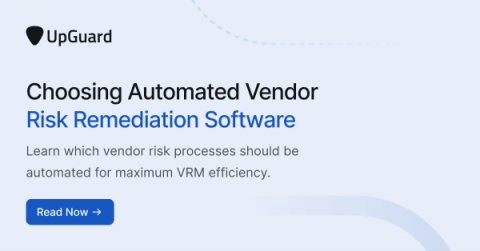Positive Risk vs. Negative Risk in Enterprise Risk Management
Businesses face risk all the time – and that’s OK. Even though the word “risk” typically has negative connotations, the term can actually represent many situations, not all of them unfavorable. ISO 31000 states that risk is the “effect of uncertainty on objectives.” That actually means risk can come in two types: positive and negative.








